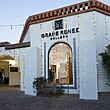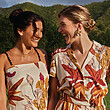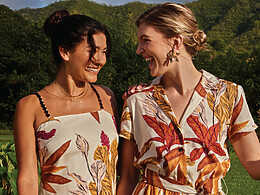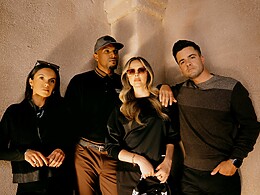Today we pay homage, celebrate and give respect to all those men and women who have served, made sacrifices, fought with bravery and courage and have helped preserve our freedoms.
For many, it’s considered the official beginning of summer, that means break out the shorts, bikinis and sunscreen if you haven’t already.
Lately sunscreen has been getting a bit of a bad rap. Recent reports claim that the sun protection itself can be hazardous but in the long run the Skin Cancer Foundation still recommends daily use any time you will be exposed to sun.
So, let’s debunk a few sunscreen myths shall we?
Is wearing makeup or tinted moisturizer enough sun protection? The answer is yes and no.
If you will be spending most of your time indoors with only a casual stroll here and there from the house to the car, to the office or store then the SPF in a tinted moisturizer, foundation or BB cream will be sufficient coverage from rays. But, if you will be spending any additional time outdoors its important to make sure that you apply a full spectrum UVA and UVB sunscreen in addition to your makeup or moisturizer. Both types of rays contribute to sun damage, skin aging and skin cancers so having protection that covers both is essential.
Equally important is the amount of sunscreen you apply and the actual SPF number you use. A shot glass full of sun screen (2 oz) is the perfect amount to cover your body from head to toe. Then use an additional nickel sized dollop on the face. Rarely does anyone I know use this much but if you want younger looking skin with less chance of pigmentation or melanoma wearing the proper amount is a priority.
There has been a prevalent thought that the higher the number the more you are protected but a little known fact is that higher numbers also can mean more chemicals… But not always better protection.
It’s best to use a minimum of 15 SPF but 30 is even better for our harsh AZ sun and 45 when you are engaging in activities or outdoor sports. The challenge with higher numbers like 75, 80 or 100 SPF is that most people apply it once and forget about it. The truth is that any sunscreen needs to be applied every 90 minutes for optimal protection. A trick I am still trying to master when I am wearing a full face of makeup..
From the skin cancer.org website
The active ingredients fall into two broad categories: organic (“absorbers”) and inorganic (“blockers”). Most UV filters are organic and protect by absorbing UV. They form a thin, protective film on the surface of the skin and absorb the UV radiation before it penetrates the skin. The inorganic sunscreens, such as metal oxides or particulate UV filters, are often termed “physical” or “mineral”. The metal oxides, namely titanium dioxide and zinc oxide, are insoluble particles which absorb and reflect UV away from the skin.
Additionally wearing the proper clothing, eyewear and head cover like a wide brimmed hat should also be used along with your sunscreen when you will be out for an extended period of time. For more ideas take a peek at our post Your Summer UV Style Guide














